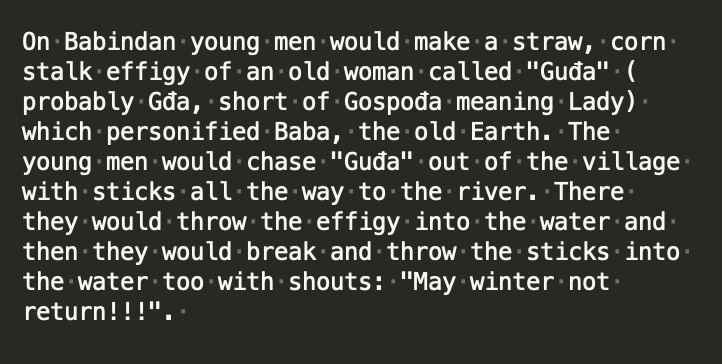Thread: This is Gru00fdla, the Icelandic Christmas witch. She lives in a cave in Icelandu2019s hinterlands, from where she attacks nearby townships, snatches up misbehaving children, and turns them into delicious stew....
Gru00fdla did not get connected to Christmas until around the early 19th c. when poems began to associate her with the holiday...
Prior to that, she was "really a personification of the winter and the darkness and the snow getting closer and taking over the land again. Not only did she represent winter, she was seen as actually controlling the landscape"...
This is very interesting. In Slavic languages, the word Baba today primarily means grandmother. But it also used to mean mother, midwife, and Mother Earth. I talked about this in my post about Baba& #39;s day, the celebration of midwives from Bulgaria http://oldeuropeanculture.blogspot.com/2017/01/babas-day.html">https://oldeuropeanculture.blogspot.com/2017/01/b...
As Mother Earth, Baba primarily meant winter earth, the time of complete domination of Earth over Sun in the Earth (Yin) - Sun (Yang) system which produces life. The time of the year dominated by Yin aspects (Dark, Cold, Wet). More about it in http://oldeuropeanculture.blogspot.com/2018/02/yin-and-yang.html">https://oldeuropeanculture.blogspot.com/2018/02/y...
What is interesting about this Icelandic legend is that it directly states that "Baba" (Grandmother) Gru00fdla not only "brings cold and winter" but that she "shapes the landscape". She is Earth...Mother Earth...The same beliefs are found in the Balkans...
In the Balkans shepherds used to pray to stones and particularly rocky crags for good weather. These stones were known as Baba (Mother Earth) stones. Interestingly a lot of these stones are now incorporated into chapels dedicated to Mother Mary https://oldeuropeanculture.blogspot.com/2016/04/shepherds-chapels-from-velebit.html">https://oldeuropeanculture.blogspot.com/2016/04/s...
In Slavic countries people performed megalithic (stone raising) rituals intended to manipulate weather. These were accompanied with prayers to Dabog, Sky Father, but the medium used was rock, body of Dajbaba, Earth Mother... http://oldeuropeanculture.blogspot.com/2019/07/weather-stones.html">https://oldeuropeanculture.blogspot.com/2019/07/w...
The direct link between Mother Earth, Stone (rock), cold is particularly strong in the Balkans. In Serbia the word baba used to also mean stone, rock. Rocky mountain tops are often called Baba as are exposed outcrops of bedrock...
In Croatia, "Babin kut" (Grandmother& #39;s corner) was the direction from which storms, cold, snow, hail most often came. In Serbia, "Babini dani" (Grandmother& #39;s days) were the days of bad weather at the end of March and the beginning of April with snow and hail...
The reason why Baba (Mother Earth) was identified with rocks is because everything above rocks, everything alive, plants, animals, humans... was seen as "what Mother Earth gave birth to"...
This is Babno polje (Grandmother& #39;s field), a valley in Slovenia. This is the coldest place in Slovenia...
Babinjau010da (Grandmother& #39;s place), Peu0161ter (Sjenica). Pester is the largest plateau (1150m on 63kmu00b2) in the Balkan Peninsula and one of the largest in Europe. The area of Sjenica (Babinjau010da) is the place where the lowest temperatures in Serbia are recorded every winter...
Bjelau0161nica, Babin do (Grandmother& #39;s valley). The area experiences some of the lowest winter temperatures in Bosnia, down to -41 u00b0C. Also known as Mokra gora (Wet mountain, forest)...
All of these places were called Baba& #39;s place deliberately because they were the coldest spots...
The Cold old hag, Winter Earth, gets transformed into Hot young maiden, Spring Earth, with the arrival of her future husband, young Sun. Just in time, as all the last year& #39;s wheat was used up. Milling grandmother into maiden, Slovenia... http://oldeuropeanculture.blogspot.com/2016/01/babji-mlin-grandmothers-mill.html">https://oldeuropeanculture.blogspot.com/2016/01/b...
Baba (Old Hag, Winter Earth) is found all over Europe under different guises.
In Gaelic lands of Ireland and Scotland she is Cailleach: https://en.wikipedia.org/wiki/Cailleach ">https://en.wikipedia.org/wiki/Cail...
In Gaelic lands of Ireland and Scotland she is Cailleach: https://en.wikipedia.org/wiki/Cailleach ">https://en.wikipedia.org/wiki/Cail...
In the mountains of Central Europe she is Perchta to Germans or Peruehty to Slavs
https://en.wikipedia.org/wiki/Perchta ">https://en.wikipedia.org/wiki/Perc...
https://en.wikipedia.org/wiki/Perchta ">https://en.wikipedia.org/wiki/Perc...
In the North of Germany and in Scandinavia she is "Mother Holle (Hulda) or "Old Mother Frost"
https://en.wikipedia.org/wiki/Frau_Holle ">https://en.wikipedia.org/wiki/Frau...
https://en.wikipedia.org/wiki/Frau_Holle ">https://en.wikipedia.org/wiki/Frau...
Mother Holle is very interesting indeed. Marija Gimbutas thought that Holle was originally an ancient Germanic supreme goddess who predated most of the Germanic pantheon. She was right about Holle being old Mother Goddess. Not right about her being in any way exclusively Germanic
Officially, the name is thought to originate from German "huld" (gracious, friendly, sympathetic, grateful), Middle High German "hulde", Old High German "huldu012b" (friendliness). Weird root for the name of the Old Hag, right?
Then we read this: The name "Hludana" is found in five Latin inscriptions: three from lower Rhine, one from Mu00fcnstereifel, one from Beetgum, Frisia, all dating from 197 AD-235 AD. Many attempts have been made to interpret this name...How about "hladna" Slavic for she who is cold?
That would be the perfect root for The Old Hag Winter, right? But who would be speaking Slavic languages in parts of Germany occupied by Romans in the 2nd and 3rd century AD??? Well Slavs of course, but that completely contradicts the official history of Europe...
In Slavic countries she is Baba Marta. Normally this is believed to mean Grandmother March, as in month of March. But why would Slavs name the Old Hag Winter Earth using Roman month name, which by the way was in many Slavic lands the first month of Spring?
The original Slavic name for the Old Hag Winter Earth was Baba Mora, Baba Morana. Name Mora, Morana is based on the root "mor". This root is found in most Serbian words with diminishing, reducing, negative meaning...Morana was also Slavic goddess of death...
The word "mori" means "kills", so Morana is literally "She who kills". The word "mraz" (moroz) means "frost" so Marzanna is literally the frosty, the cold one. They both come from the same root mor...
https://en.wikipedia.org/wiki/Marzanna ">https://en.wikipedia.org/wiki/Marz...
https://en.wikipedia.org/wiki/Marzanna ">https://en.wikipedia.org/wiki/Marz...
And it is Morana (Morena, Marzanna) whose effigies are made at the beginning of every Spring, and are then burned or drowned (or both, to be sure to be sure  https://abs.twimg.com/emoji/v2/... draggable="false" alt="ud83dude42" title="Slightly smiling face" aria-label="Emoji: Slightly smiling face">). This is done to make sure winter doesn& #39;t return. Burning - warming of Mother Earth, Drowning - showing of Mother Earth
https://abs.twimg.com/emoji/v2/... draggable="false" alt="ud83dude42" title="Slightly smiling face" aria-label="Emoji: Slightly smiling face">). This is done to make sure winter doesn& #39;t return. Burning - warming of Mother Earth, Drowning - showing of Mother Earth
That Morana and Baba are one and the same can be seen from rituals preserved in South of Serbia and Bulgaria, performed during "Babinden" (Grandmother& #39;s day), the annual celebrations of "birth givers"...
http://oldeuropeanculture.blogspot.com/2017/01/babas-day.html">https://oldeuropeanculture.blogspot.com/2017/01/b...
http://oldeuropeanculture.blogspot.com/2017/01/babas-day.html">https://oldeuropeanculture.blogspot.com/2017/01/b...
In Bulgaria, the climactic moment of the day is the ritual bathing of the midwife in the river or a well. Actually ritual drowning.

 Read on Twitter
Read on Twitter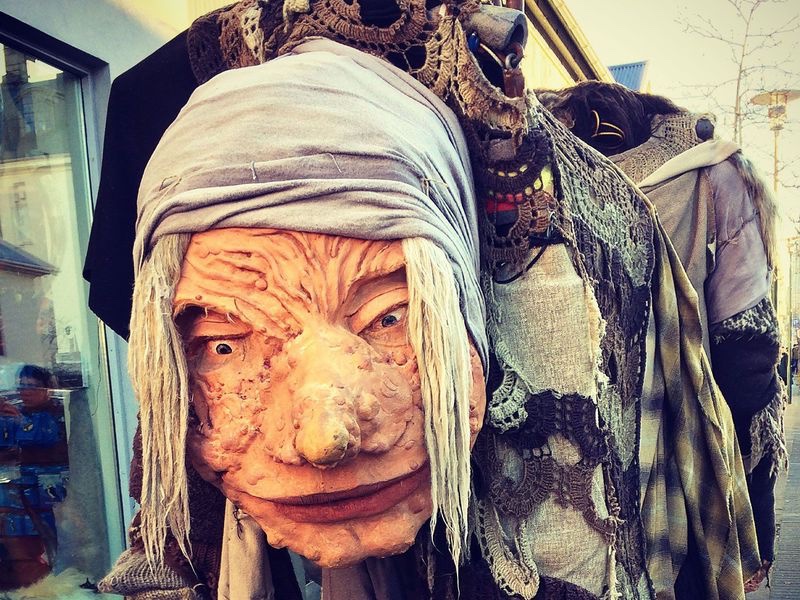


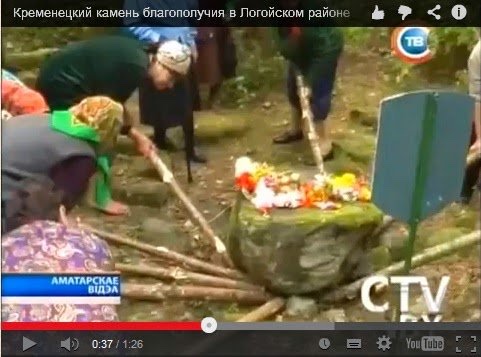
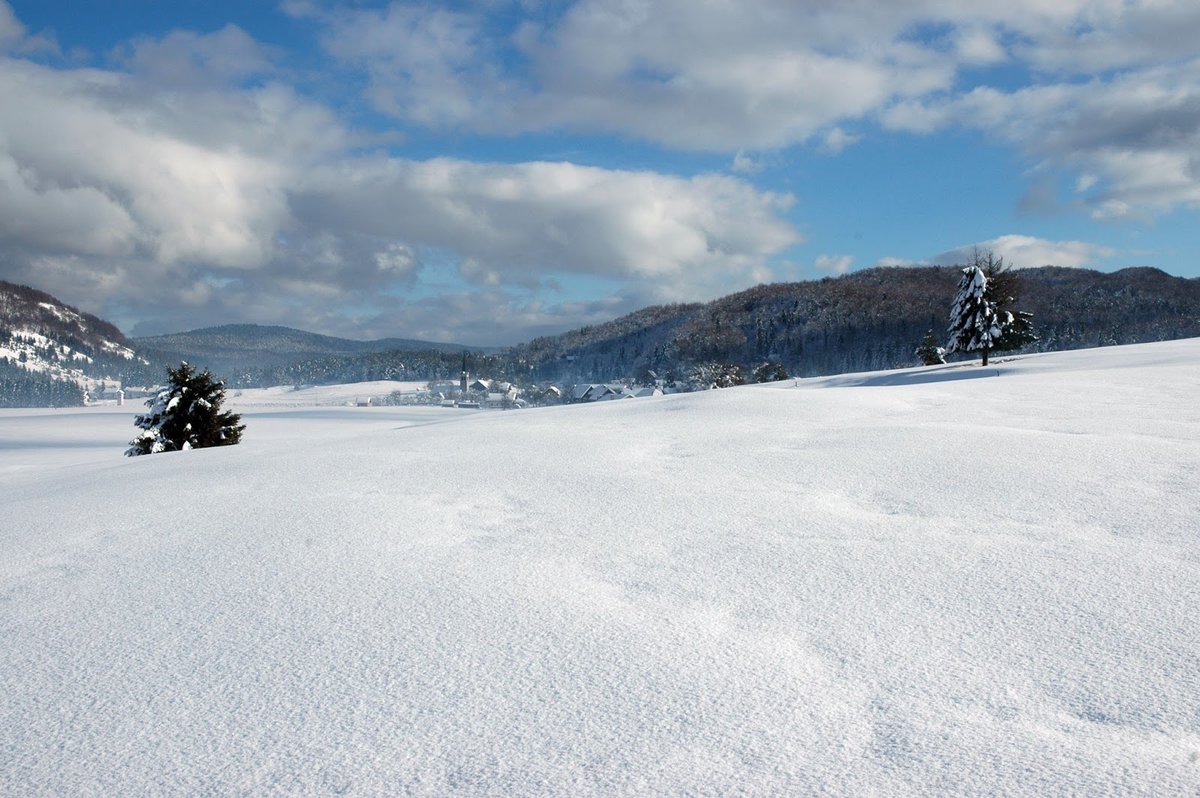
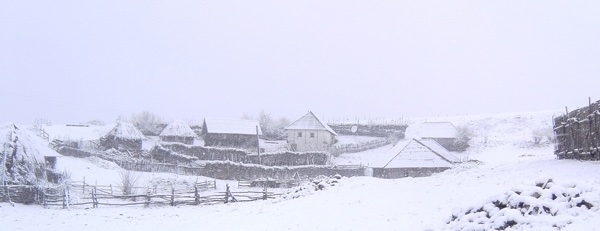
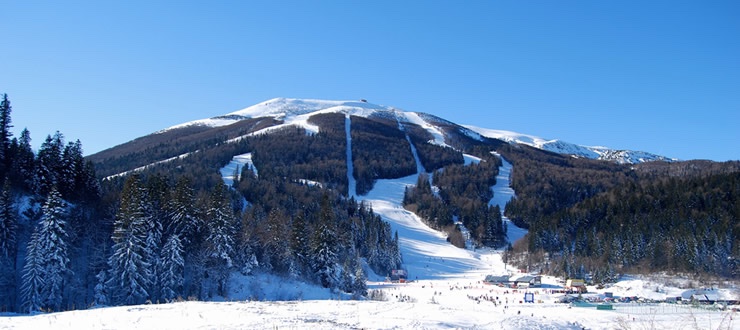


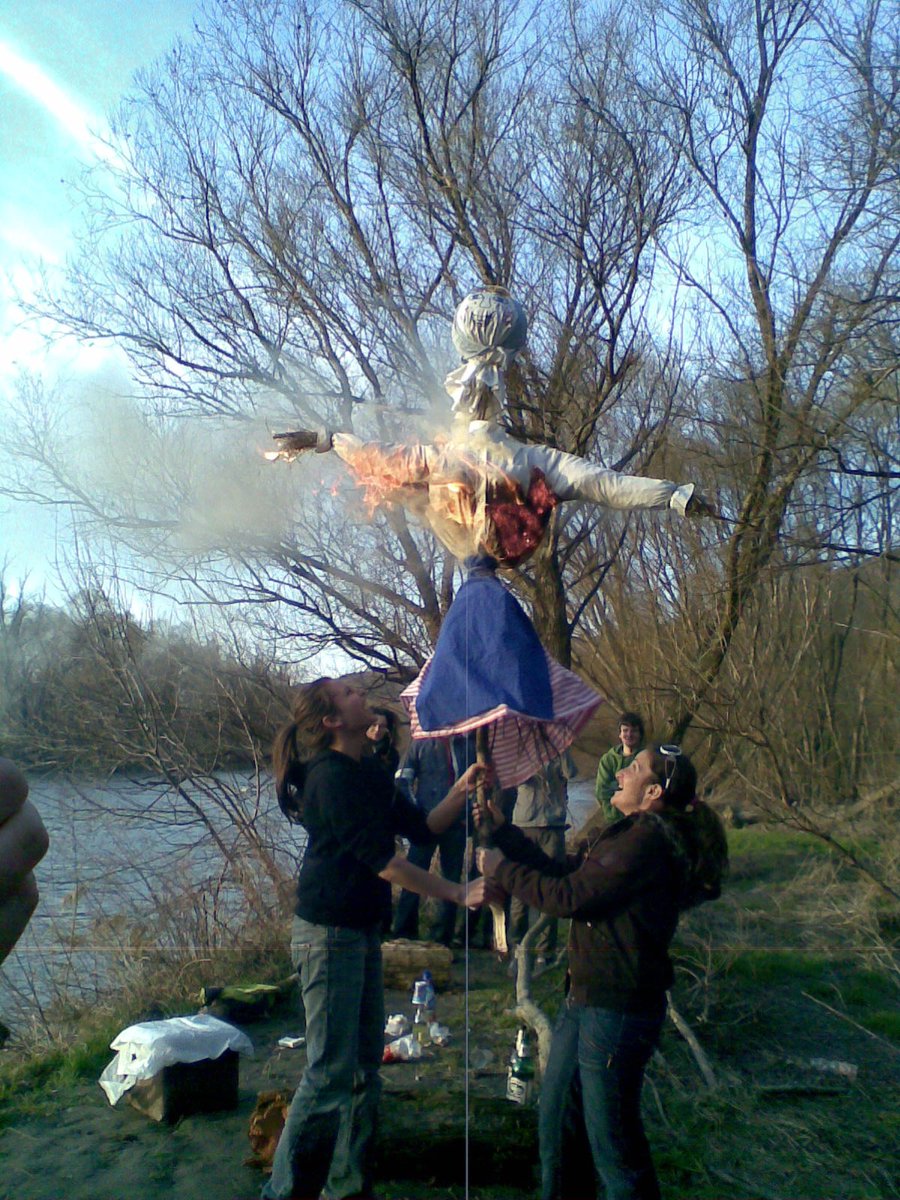 ). This is done to make sure winter doesn& #39;t return. Burning - warming of Mother Earth, Drowning - showing of Mother Earth" title="And it is Morana (Morena, Marzanna) whose effigies are made at the beginning of every Spring, and are then burned or drowned (or both, to be sure to be sure https://abs.twimg.com/emoji/v2/... draggable="false" alt="ud83dude42" title="Slightly smiling face" aria-label="Emoji: Slightly smiling face">). This is done to make sure winter doesn& #39;t return. Burning - warming of Mother Earth, Drowning - showing of Mother Earth" class="img-responsive" style="max-width:100%;"/>
). This is done to make sure winter doesn& #39;t return. Burning - warming of Mother Earth, Drowning - showing of Mother Earth" title="And it is Morana (Morena, Marzanna) whose effigies are made at the beginning of every Spring, and are then burned or drowned (or both, to be sure to be sure https://abs.twimg.com/emoji/v2/... draggable="false" alt="ud83dude42" title="Slightly smiling face" aria-label="Emoji: Slightly smiling face">). This is done to make sure winter doesn& #39;t return. Burning - warming of Mother Earth, Drowning - showing of Mother Earth" class="img-responsive" style="max-width:100%;"/>


